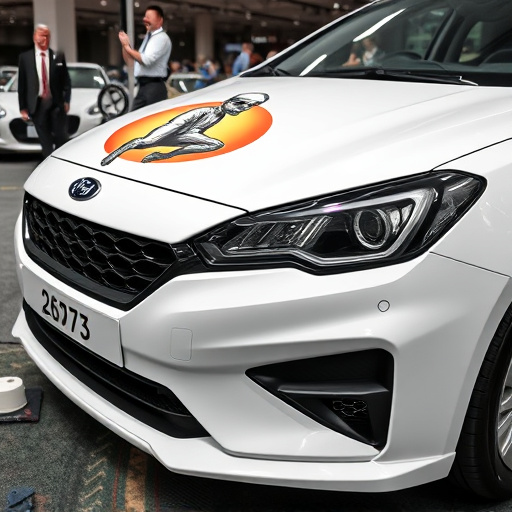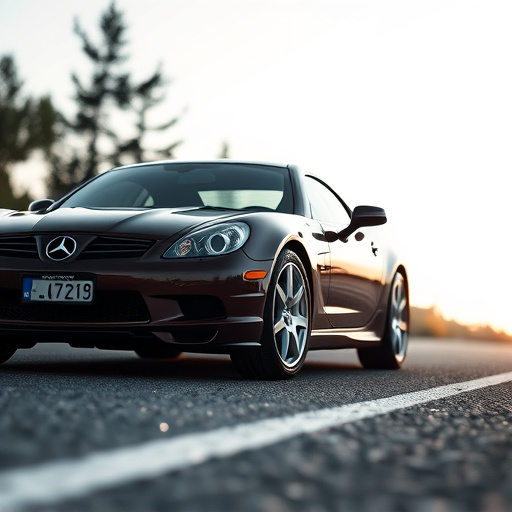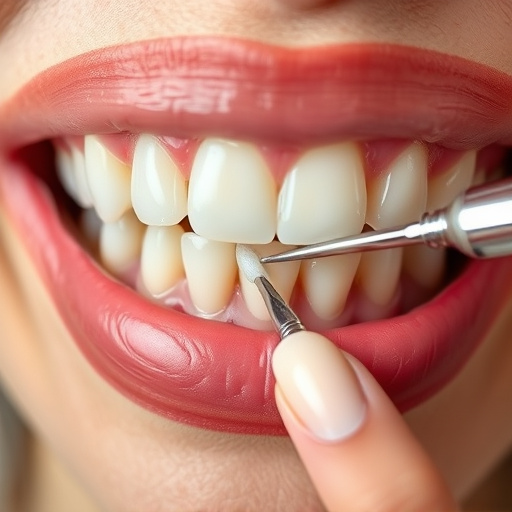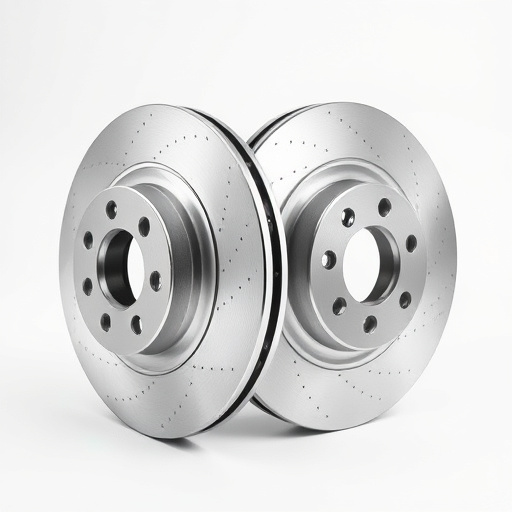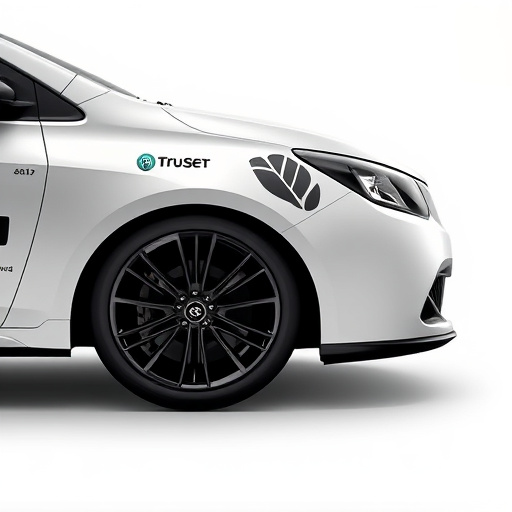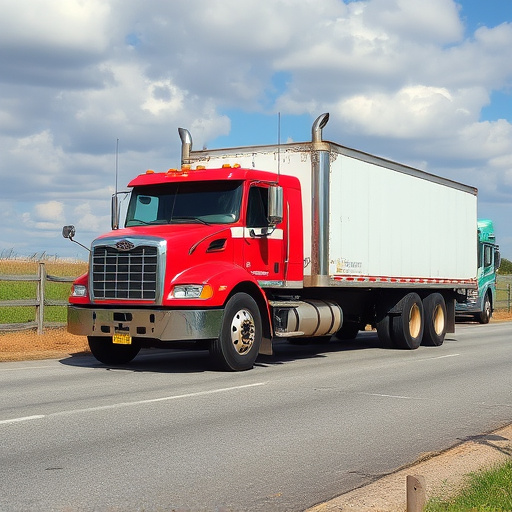Before applying a paint protection coating (PPC), inspect your vehicle for scratches, swirls, dents, and contaminants. Thoroughly clean the car, addressing rust spots and specific surface concerns. Ensure optimal adhesion through meticulous preparation, including washing, decontaminating, and treating all surfaces. Consider existing protective coatings or tinting for best PPC results.
“Optimizing your vehicle’s exterior before applying a paint protection coating is crucial for achieving long-lasting, glossy results. This comprehensive guide walks you through essential preparation steps, ensuring your car is ready for that protective layer.
First, assess your vehicle’s condition, identifying imperfections and areas needing attention. Then, master the art of cleaning and preparation: wash, decontaminate, and dry meticulously. Minor repairs and priming are key; fix scratches and dents, then select the right primer to seal and protect your car’s paintwork effectively. Discover the secrets to a flawless finish with these expert tips on paint protection coating.”
- Assessing Your Vehicle's Condition
- – Inspecting the current state of your vehicle's paint job and surface imperfections.
- – Identifying areas that require pre-coating preparation.
Assessing Your Vehicle's Condition

Before applying a paint protection coating, it’s crucial to assess your vehicle’s current condition. This involves a thorough inspection to identify any existing damage, such as scratches, swirls, or minor dents. These imperfections can affect the final result and the coating’s effectiveness in concealing them. A detailed look will also help you determine if there are any areas needing special attention, like hard-to-reach corners or common spots for road debris accumulation.
Additionally, consider the overall cleanliness of your vehicle. Proper automotive detailing is essential to ensure the paint’s surface is free from dirt, grease, and other contaminants. A clean car facilitates better coating adhesion, leading to a longer-lasting and more protective finish. Premium automotive services often emphasize this step, as it forms the foundation for top-quality vehicle protection.
– Inspecting the current state of your vehicle's paint job and surface imperfections.

Before applying a paint protection coating (PPC), it’s crucial to thoroughly inspect your vehicle’s current paint job and surface imperfections. This step is essential in ensuring optimal coverage and the long-term effectiveness of the PPC. Start by walking around your car, examining its exterior for any signs of damage, including scratches, dents, or chips in the paint. Even minor imperfections can affect the bond between the PPC and your vehicle’s surface, leading to reduced protection and a less-than-ideal finish.
In terms of surface preparation, ensure that the paint is clean, free from contaminants like dirt, grease, or wax residues. Consider using dedicated cleaning products designed for automotive paint to avoid damaging the existing finish. Additionally, check for any rust spots, especially in areas prone to corrosion, as these can compromise the adhesion of the PPC. If your vehicle has significant damage or a poor base coat, you might want to consider custom vehicle wraps or scratch protection solutions as a more comprehensive approach before applying a paint protection coating.
– Identifying areas that require pre-coating preparation.

Before applying a paint protection coating, it’s essential to inspect your vehicle thoroughly and identify areas that require special pre-coating preparation. The process involves cleaning and decontaminating all surfaces to ensure optimal adhesion. This includes washing the car meticulously, removing any wax or polish residue, and treating the paintwork with appropriate cleaners to eliminate contaminants. Pay close attention to intricate details like door jams, fenders, and the underbody, as these areas often accumulate dirt, debris, and resin from tree sap, which can hinder the coating’s effectiveness.
Additionally, consider factors such as existing ceramic window tinting or other protective coatings already on the vehicle. It’s crucial to understand that not all surfaces respond equally to paint protection coatings. High-quality finishes require a clean slate, so evaluating and preparing these areas properly will guarantee a durable and aesthetically pleasing result.
Before applying a paint protection coating, thoroughly assessing your vehicle’s condition is crucial. By inspecting the current state of your car’s paint job and identifying surface imperfections, you can ensure optimal results. Focus on areas needing pre-coating preparation to achieve a seamless, long-lasting finish. Implementing these steps will not only enhance the effectiveness of the coating but also safeguard your vehicle’s appearance for years to come.

